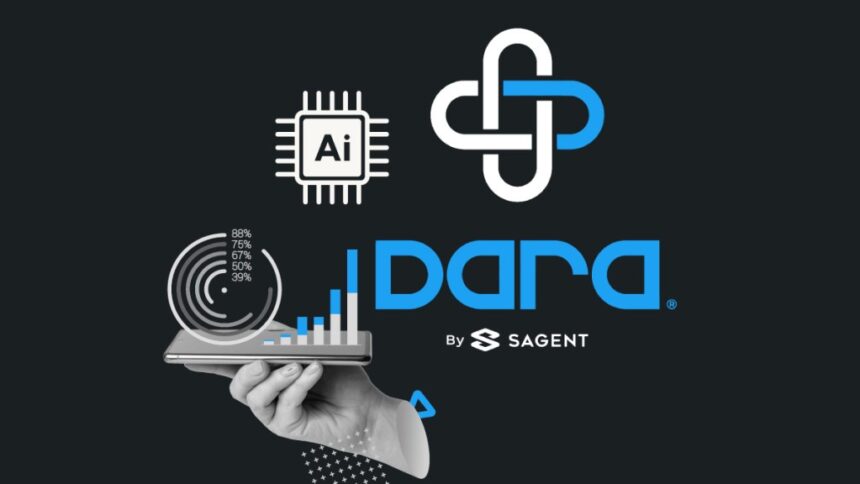
In February 2024, Sagent, a Warburg Pincus-backed fintech firm, announced the launch of its mortgage software platform, Dara. A year later, HousingWire checked in with the Dara team about what lies ahead.
“We previewed the Dara platform in February of 2024 at the MBA servicing conference,” said Perry Hilzendeger, Sagent’s executive vice president of servicing. “In that programming, we shared the core tenets of the Dara platform, which are Dara Core, Consumer, Default, Data, Movement and AI. The six components here make up an entire end-to-end mortgage servicing platform.”
Since the 2024 conference, parts of Dara — the default, consumer and AI components — have been in full production and operation. Dara Movement and Dara Data are not yet on the market but in a “road map” stage, Sagent confirmed. And Dara Core is nearing beta completion.
“So, the claims data, claims module, the loss-mitigation module, the bankruptcy and the data AI and docs, these are in full production, and we are working either with existing customers who have these capabilities online already, or are working with additional prospects or customers to bring them online,” said Omer Farooque, the company’s senior vice president of product engineering.
“[Dara] Core is what I would say is still in beta, and it is with Mr. Cooper,” Farooque added. “The only difference is now we’ve got an implementation road map that’s lined up in addition to the build path. So, we’re nearing the end of build for the version 1.0 for the core, and that’s scheduled for completion by June of this year.
“In parallel to that, starting in April of this year, we’re also starting the implementation pathway for the largest servicer in the mortgage servicing industry.”
Hilzendeger added that “there are pieces of the components of the Dara core platform that are operational and functional today. Others are still in the beta environment, as indicated. And part of the reason for that is it’s very difficult to deploy an entire core platform in pieces.”
Dara Core is described on Sagent’s website as “all the essential tools” for daily servicing operations and compliance. Dara Consumer focuses on the homeowner’s navigation of their mortgage. Dara Default offers decisioning, automated workflows, collections, loss mitigation, claims, foreclosure and bankruptcy and an attorney network.
The Dara team said it plans to update MBA servicing attendees on Dara’s progress as it aims to hit the June 2025 deadline for Dara’s completion.
“We’ve made fairly significant progress here and are very excited about demonstrating this at the MBA servicing conference,” Hilzendeger said. “We have demonstrated it to several potential clients and new clients over the last 90 days or so, and expect that we will continue to share the upgrades of these components over the course of the next six to 12 months.”
The platform is estimated to unlock significant savings once it’s fully completed, Hilzendeger said.
“The entire savings comes when the platform is an end-to-end user experience, and again, that was done on an estimate of the average service or cost, which tends to be about a $250 cost per loan to service for the average Mortgage Bankers Association servicing organization. Some are higher than $250 [and] some are more efficient, so the percentage of savings will vary,” he explained.
What’s next in the Dara playbook? Farooque said that the next 12 months will focus on meeting goals for version 1.0 and planning for version 1.5, which will include the addition of compliance as a separate product and additional AI-related capabilities such as agent assistance.
“It’s just tighter weaving of all of these into a more cohesive experience and making sure that all of that drives toward that lower cost to operate and gain efficiency,” he said.






